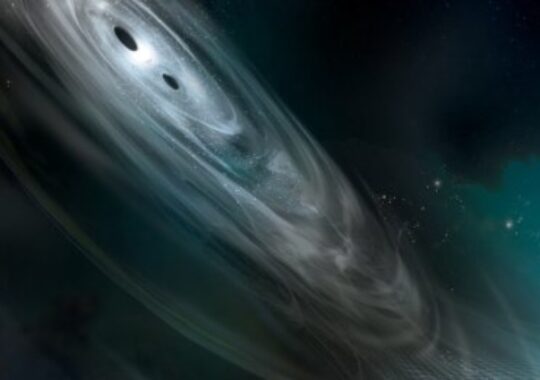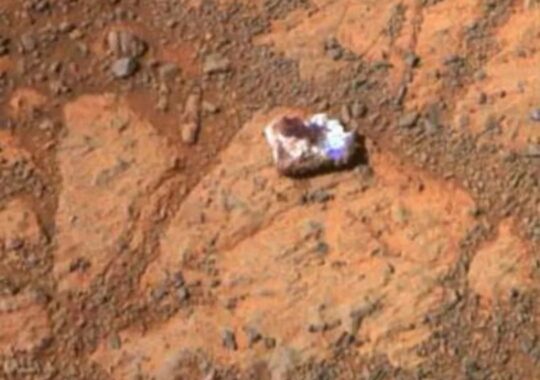When British astronomer Richard Carrington noticed a bright flash of light on September 1, 1859, he was looking into a strange group of dark blobs in the atmosphere of the sun. Sparkling for almost five minutes, the blaze would later leave a mark on the world as the very first recorded sunlight based flare noticed — yet Carrington’s name would eventually become inseparable from the vicious sun powered storm that rammed into Earth under 48 hours after the fact.
Presently called the Carrington Occasion, the speeding tempest of electrically charged particles made transmit workplaces disintegrate and set off brilliant auroras as far south as Cuba and Hawaii. The Carrington Event is still regarded as the most powerful solar storm ever recorded. Additionally, the vast, planet-sized regions of stored magnetic energy known as sunspots, which Carrington was observing, may have provided a significant warning sign that something unfavorable was approaching.
Unbeknownst to Carrington yet surely knew by current space experts, the size and amount of sunspots noticeable at a given second tie straightforwardly to the sun’s 11-year pattern of electromagnetic movement. The sun usually approaches the solar maximum, or the end of its cycle, when more and larger sunspots are visible. Solar weather phenomena like solar flares and coronal mass ejections (CMEs), which are huge blobs of plasma that travel through space and collide with Earth’s atmosphere to cause storms like the Carrington Event, become more common as the maximum approaches.
We are not required to guess how the sun appeared prior to the Carrington Event; Carrington himself drew a diagram of the sunspots he saw facing Earth and sent it to the Royal Astronomical Society journal Monthly Notices. Carrington estimated that the entire group of dark blobs in the images was as wide as Jupiter. a 2019 reanalysis of his representations distributed in the diary Space Weather conditions assessed that the spots crossed somewhere in the range of 9% and 14% of the sun based circle’s width.
That is significant for a collection of sunspots, but it is not uncommon. As per Spaceweather.com, researchers noticed a sunspot of generally equivalent size in November 2003, just before the most grounded sun powered flare in the cutting edge time glimmered to life. ( The resulting CME, fortunately, only skimmed Earth and did not cause widespread damage.) Spaceweather merged a satellite image of the 2003 sunspot with Carrington’s sunspot sketches to provide a sense of scale and juxtapose the two monsters.
In the beginning of 2023, sunspot activity has significantly increased, with monthly sunspot numbers significantly exceeding NASA’s predictions. However, no sunspots as large as Carrington’s have yet been observed. However, the abundance of sunspots and other solar weather suggests that the subsequent solar maximum will occur sooner and with greater force than NASA had anticipated. Scientists will continue to look for spotty signs on the sun just in case the approaching maximum brings with it a storm of Carrington’s magnitude.
Disclaimer: The views, suggestions, and opinions expressed here are the sole responsibility of the experts. No Clear Insight Research journalist was involved in the writing and production of this article.





